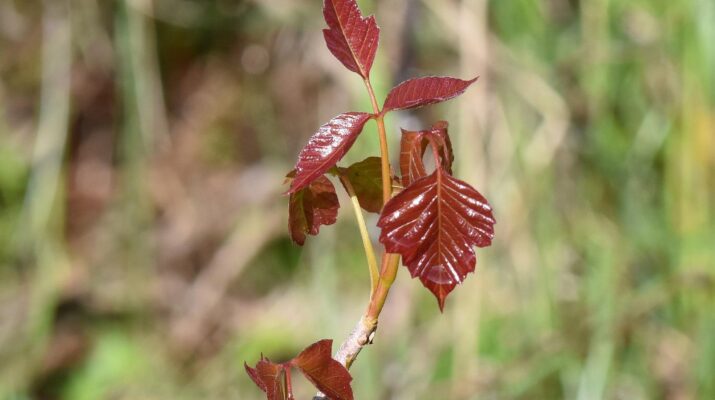Poison ivy oil is a clear liquid that can cause serious skin reactions in some people. It’s found in all parts of the plant, including leaves, stems and roots. The oil sticks to clothing, tools and pets and can also spread by touching contaminated surfaces. While there’s no way to prevent contact with poison ivy (it grows wild in many areas), you can use home remedies to help get rid of the rash so it doesn’t get worse or lead to scarring.
Does Dawn dish soap remove poison ivy oil?
You can try using Dawn dish soap to remove urushiol from the skin. The oil is not removed, but it makes it easier to wash off.
Dawn dish soap will not remove poison ivy oil from clothing or other materials. If you use a lot of this product on clothing and fabrics, it can take over ten minutes or longer for all the oil to be removed. Poison ivy oil on skin lasts for? Click to now.
How do you counteract urushiol?
If you’re trying to neutralize urushiol, the best thing to do is wash with soap and water. That’s it—pretty simple!
If you want to go above and beyond (and we do too), here are some other options:
- Vinegar: Rinse your skin with a mixture of 1 cup white vinegar and 1 gallon warm water. This can be used on the face as well, but if it feels too harsh for your delicate facial skin, try diluting it even further by adding more warm water than vinegar.
- Rubbing alcohol: After washing with soap and water, rub rubbing alcohol into your skin for about 30 seconds to one minute. Rinse thoroughly afterward; this will also remove any leftover oils from poison ivy or oak rashes that have not been absorbed by the soap yet! Make sure not to get any on clothes because the oil will stain them permanently (see section below).
Will Clorox wipes get rid of poison ivy oil?
One of the more common methods for removing poison ivy oil is to use a chemical called sodium hydroxide. This chemical can be purchased at your local home improvement store, and it’s used in everything from drain cleaners to oven cleaners. It’s also a known irritant that can cause burns on contact. If you’re interested in using sodium hydroxide as a way to remove poison ivy oil, be sure to read up on all of its potential hazards before doing so!
As we mentioned above, Clorox wipes are not the best option for getting rid of the powerful oils found in poison ivy plants. While these wipes may be effective at killing bacteria and viruses on surfaces like countertops or bathroom floors (which might explain why they’re so popular), they won’t do much when it comes time for cleaning your clothes after coming into contact with some leaves from this plant – especially if those clothes were covered in sap during the encounter!
What dries up poison ivy the fastest?
The best way to get rid of poison ivy oil is to dry it up. The more water you can remove from the oil, the easier it is for your skin to heal.
Here are some ways to speed up drying:
- Alcohol wipes or rubbing alcohol applied directly to the affected area
- Vinegar baths with 1 cup white vinegar and 2 cups water (you can also use apple cider vinegar, but make sure it’s 5% acidity)
- Water can be used alone in a bath or shower; keep washing until no new blisters appear after exposure
Conclusion
We hope this article has helped you understand what to do if you get poison ivy. The best way is still prevention, but at least now if it happens you can know exactly what to do.

